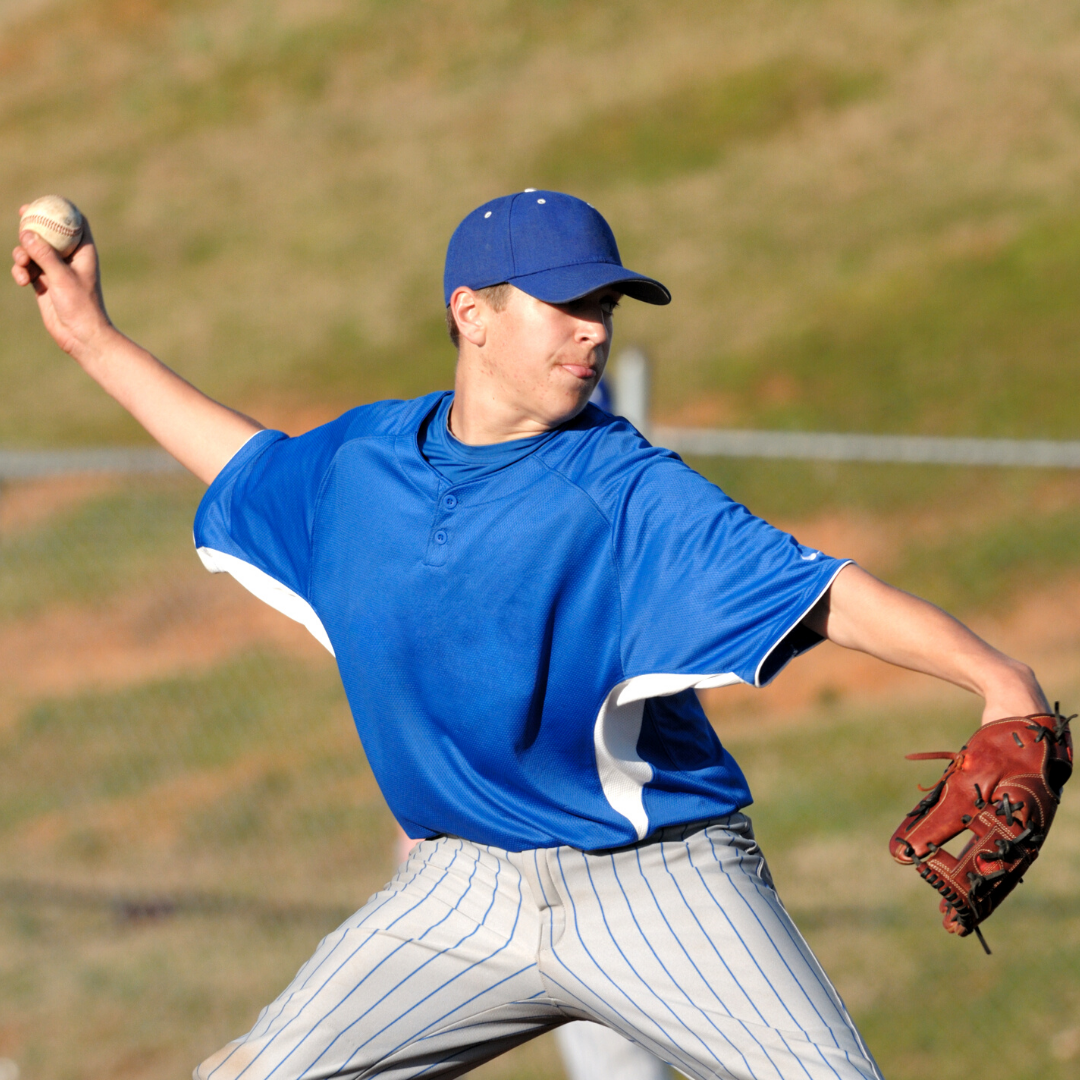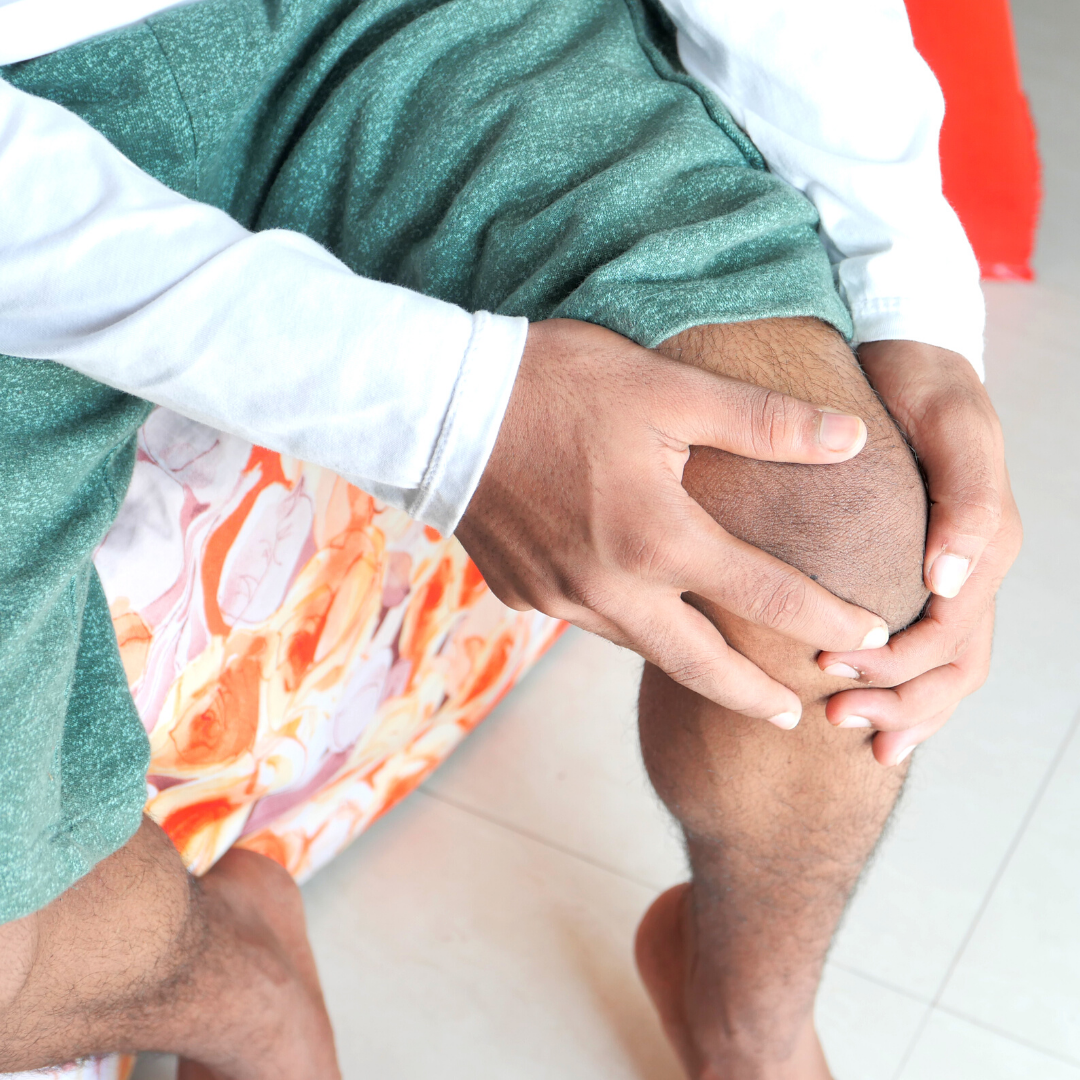For Nadal to miss his chance to defend his Wimbledon title, he is clearly in a significant amount of pain from tendonitis.
As Federer battled in London to earn a record 15th grand slam title, his timing could not have been better. Rafa Nadal, the Wimbledon defending champion and tireless groundstroker, had been plagued by chronic patellar tendonitis that has forced his withdrawal from the tournament this year. Since 2002, Nadal has experienced persistent anterior knee pain and bilateral patellar tendinitis that has limited the durability of his tireless style of year-round play.
Patellar tendinitis, affectionately known as jumper’s knee, is an overuse injury that most commonly affects the patellar tendon where it attaches to the inferior aspect of the patella (or knee cap). The repetitive, often explosive forces imposed by the quadriceps muscle on the patella can precipitate micro tears and degeneration at the tendon’s attachment to the patella. Unfortunately, the microtears and associated inflammation exceed the body’s intrinsic capacity to heal the injury until the provocative activities are stopped. Some evidence suggests that some athletes with “long” kneecaps and a prominent inferior pole may be predisposed to injury secondary to impingement of the tendon with knee flexion. While basketball players are perhaps most vulnerable to this injury, athletes of virtually every sport can be affected. Males appear to be slightly more affected than females, although a variety of extrinsic factors appear to play a role in developing this injury, including playing on hard surfaces or training for excessively long periods of time.
Athletes with patellar tendinitis will usually complain of anterior knee pain. There is focal tenderness at the inferior pole of the patella with the knee in extension. Despite the chronic inflammation, the knee is rarely swollen. The discomfort, however, can diminish the strength of the quadriceps, limiting mobility and potentially predisposing to secondary injuries. Magnetic resonance images or ultrasound of the proximal tendon typically confirm the diagnosis, demonstrating degenerative changes and characteristics of overuse injury.
The mainstay of treatment for patellar tendinitis is predicated on the rest of the extensor mechanism and the avoidance of all provocative activities. Unfortunately, healing of the micro tears can often take months. Chopat straps or braces may provide symptomatic relief by theoretically unloading the tendon. After the pain has resolved, physiotherapy focuses on strengthening the quadriceps and balancing the force couple with the hamstring muscles. In rare circumstances, pain may persist despite these measures. Recently, platelet-rich plasma, or PRP, has been used in recalcitrant cases. This involves drawing the patients own blood and spinning it down on a centrifuge to isolate the growth factors responsible for the healing process. These growth factors are then injected into the site of the tendonitis to enhance the bodies own healing process. Though it is a newer treatment option, we have had a good degree of success using PRP for this indication thus far. When all conservative measures fail, surgery can be a successful option. Surgery focuses on excision of the damaged portions of the tendon with or without the distal pole of the patella to relieve the inflammation and/or impingement and stimulate a healing response.
For Nadal to miss his chance to defend his Wimbledon title, he is clearly in a significant amount of pain from the tendonitis. Hopefully, it will respond to the conservative treatment options in time for the US Open Series.



